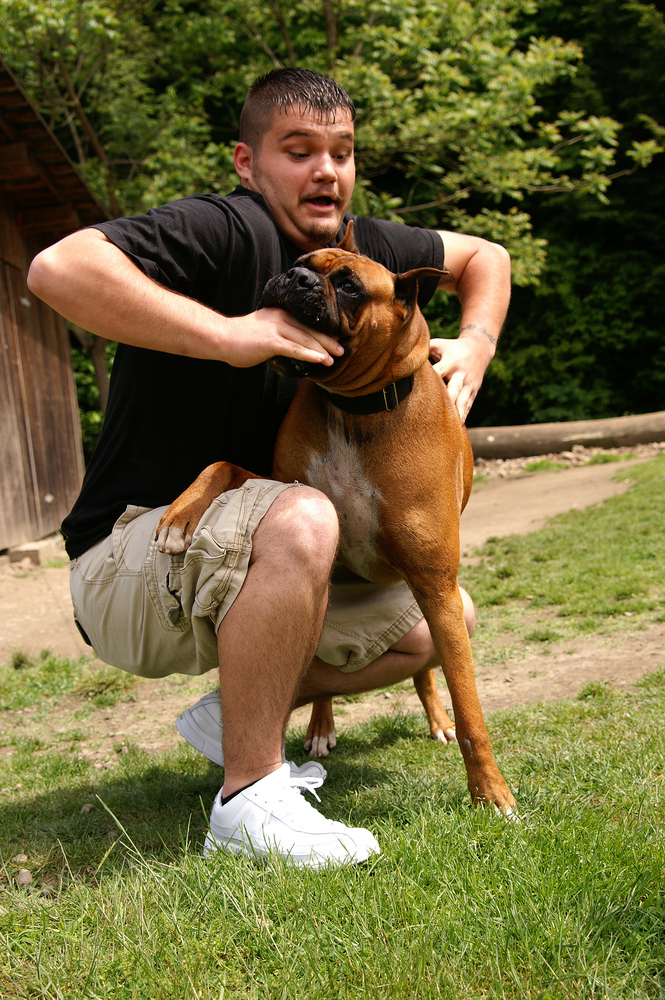
Dog and cat bites are some of the most common complaints presenting to the urgent care. They range from simple scratches to full lacerations and deep puncture wounds. The wounds are handled and treated differently depending on location and the type of bite/ laceration.
Dog bites and wounds are more common in children, while cat bites are more common in adult women. In children, dog bites/scratches are often found on the head and neck, whereas adults typically get them on the extremities. Cat bites are more often on the extremities as well. Due to cat bites typically penetrating the skin deeper and punctures being more common, they are at higher risk of causing infection.
Most importantly, animal bites need to be debrided and cleaned thoroughly to help prevent infection. Typically, lacerations can be closed by primary closure or sutures. Dermabond should never be used for animal bites. However, there are several instances where the wound should be left to secondary closure (left open). These include: crush injuries, puncture wounds, cate bites other than the face, wounds on hands and feet, wounds over 12 hours old, wounds in immunocompromised patients, and patients with a history of venous stasis. These should be left open, but they can be “loosely closed” with sutures if they are gaping, as long as they remain open.
Finally, antibiotics aren’t always necessary, but are typically given prophylactically to help prevent infection. With cat bites, they are always given. Augmentin is the first-line choice. If a patient has a penicillin allergy, combination therapy such as doxycycline with metronidazole can typically be used.
In conclusion, animal bite wounds, especially from cats and dogs are very commonly seen in the urgent care setting. Cleaning the wound is the most important step to prevent infection. The location and type of wound determines the next steps. They should be treated on a case-by-case basis
